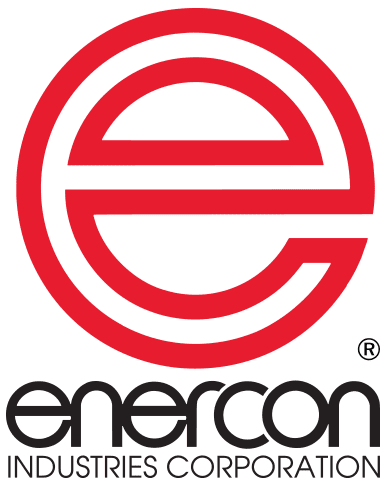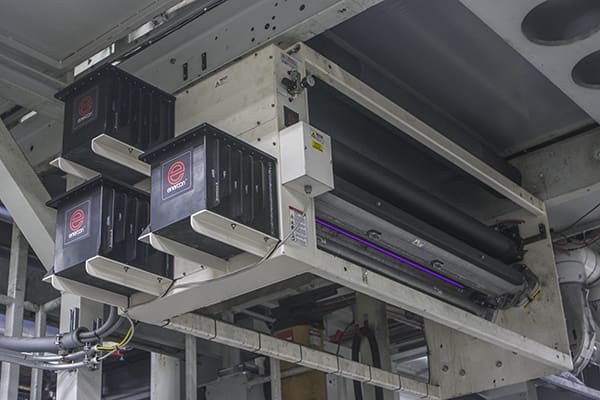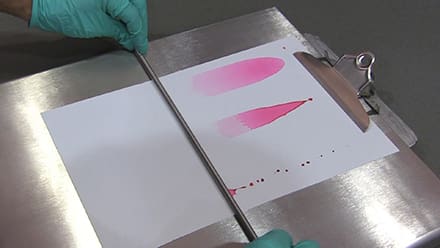The Importance of Specifying your Corona Treater When Ordering a Line Through an OEM
Corona treaters are not the most expensive part of your new line, but get the treatment wrong and your new line will be producing scrap at record rates. That’s why it’s critical for converters and extruders to pay special attention to the corona treater being supplied with their new OEM lines. Buyers of new OEM…
Read MorePlasma Treatment Industry Applications
Plasma Treatment cleans, etches and functionalizes plastic and metal surfaces to improve adhesion. Enercon plasma treatment solutions may be configured for a wide variety of industrial pretreatment applications for both web and films, as well as dimensional objects. The examples below highlight many industries where in-line plasma treating is used to improve throughput and product…
Read MoreAtmospheric Plasma – What is it and what is it good for
You may already know something about the benefits of plasma treatment; higher treatment (dyne) levels, extended life of treatment over time, reduced degradation of surface morphology and elimination of backside treatment. Enercon’s Plasma3™ & Plasma4™ surface treaters represent a new generation of surface treatment technology. They allow plasmas to be sustained at atmospheric pressure in…
Read MoreHow to Prevent and Reduce Corona Treater Downtime with PRO Power Supplies
Enercon power supplies are recognized for their reliability, but did you know their innovative features can prevent & reduce downtime? Enercon Compak™ Pro Power Supplies are compatible with any make or model corona treater station. So, whether you already own one or would like to benefit from these features, you won’t want to miss this…
Read MoreHow to Set Your Wide Web Corona Treater’s Air Gap
For more information on how to adjust your air gap please consult your Enercon manual for a detailed procedure or contact Enercon’s service team. You may also request a complimentary Enercon gap gauge as seen in the video.
Read MoreMeasuring Surface Energy On Non-Woven Substrates
There is no easy way to determine changes in surface energy on non-woven and woven substrates and we know of no official standards such as an ASTM method but there is a procedure. There are several methods to characterize the surface energy of nonwovens fibers. Of these, contact angle is the most readily applied. One…
Read MoreRecommended Surface Energy & Treatment Ranges for Printing & Coating Polymer Surfaces
We’re often asked what dyne level do I need to print on a particular type of film. Its a complex question that includes many variables beyond the material type and method of printing or coating. We can however provide general guidelines that you can use to start your own evaluations. The tables below list general…
Read MoreUsing Dyne Solutions and Dyne Pens to Measure Surface Energy On Non-Porous Substrates
Non-porous substrates, such as polyethylene, polypropylene and foils, need to have their surface energies altered in order for the proper flexographic ink adhesion to occur. An old general rule of thumb is that the substrate should have a dyne level (surface-energy measurement) of at least 10 dynes higher than the surface energy of the ink…
Read MoreWhy All Films Do Not Treat the Same And What You Need to Know When You Get Unexpected Treatment Results
The goal of a corona treater is to increase a film’s ability to bond with an ink, coating or lamination. But did you know that different types of film respond very differently to the same levels of corona treatment? Some films, like PS, respond very well to treatment at low power levels, while others, like polypropylene,…
Read MoreEquistar leverages the benefits of atmospheric plasma surface treating
Equistar Chemicals LP, is one of the world’s largest producers of ethylene, propylene, and polyethylene resins. Its facilities have a combined annual capacity to produce more than 11 billion lb of ethylene and more than 5 billion lb of polyethylene, along with other specialty products such as ethyl vinyl acetate. So it’s not surprising Equistar’s…
Read More










